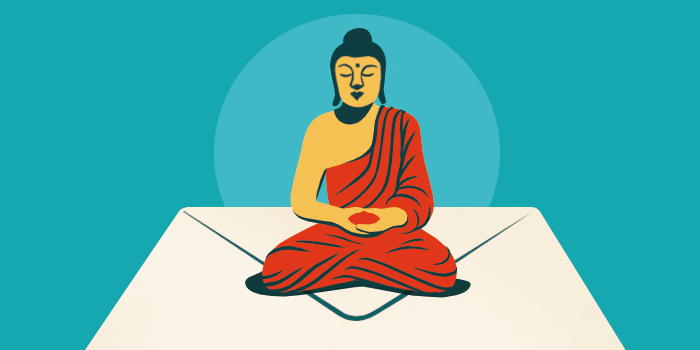Buddhism in Southeast Asia

Ancient Buddhist temples in Bagan, Myanmar. Sean Pavone / Alamy Stock Photo
Southeast Asia includes the mainland nations east of India and south of China and the islands of the Malay Archipelago, including Indonesia, Singapore, and East Malaysia. Both Hinduism and Buddhism were practiced in many parts of southeast Asia as early as the first century CE. It is believed that merchants from the Indus peninsula were doing business on both the mainland and the islands, and that Buddhist monks as well as Hindu teachers may have traveled across the region with them. Artifacts suggest that Buddhism at this stage was largely an early form of Mahayana that venerated transcendent bodhisattvas.
From the 7th through 12th centuries much of what is now Malaysia and Indonesia was a single kingdom called Srivijaya, described by one 7th-century Chinese traveler as a center of Buddhist learning. In the 9th century the Srivijayans built in central Java what is still the world’s largest Buddhist temple, called Borobudur. After the kingdom of Srivijaya ended in the 13th century, Buddhism also declined in the region, and Borobudur was abandoned. Located in an area of active volcanoes, Borobudur remained buried under volcanic ash and jungle growth until British explorers discovered it in the 19th century.
Another massive temple complex, Angkor Wat, was built in Cambodia by the Khmer people in the 12th century. Its history tells us much about how Buddhism developed in the region. Originally dedicated to the Hindu god Vishnu, Angkor Wat was rededicated to Mahayana Buddhism in the late 12th century by the Khmer kings. In the 13th century, missionary monks from today’s Sri Lanka introduced Theravada Buddhism to the Khmer people, and Theravada prevails in Cambodia to this day.
Sri Lankan missionaries also established Theravada Buddhism in Laos and Siam (now Thailand). Legend has it that the Buddha himself came to Burma (now Myanmar), but this is improbable. There is archeological evidence of Buddhism in southern Burma dating to the 4th century CE, but most of the Burmese followed indigenous religions until the mid-11th century, when the king was converted to Theravada Buddhism and made it his state religion.
Today Buddhism remains the dominant religion of the southeastern mainland nations. However, it is a minority religion in the island ones, with the exception of Singapore. Over the centuries people from many parts of Asia settled in Singapore, bringing various forms of Buddhism with them, and Buddhism is the most widely practiced religion in that country today.

Tricycle is more than a magazine
Gain access to the best in sprititual film, our growing collection of e-books, and monthly talks, plus our 25-year archive
Subscribe now